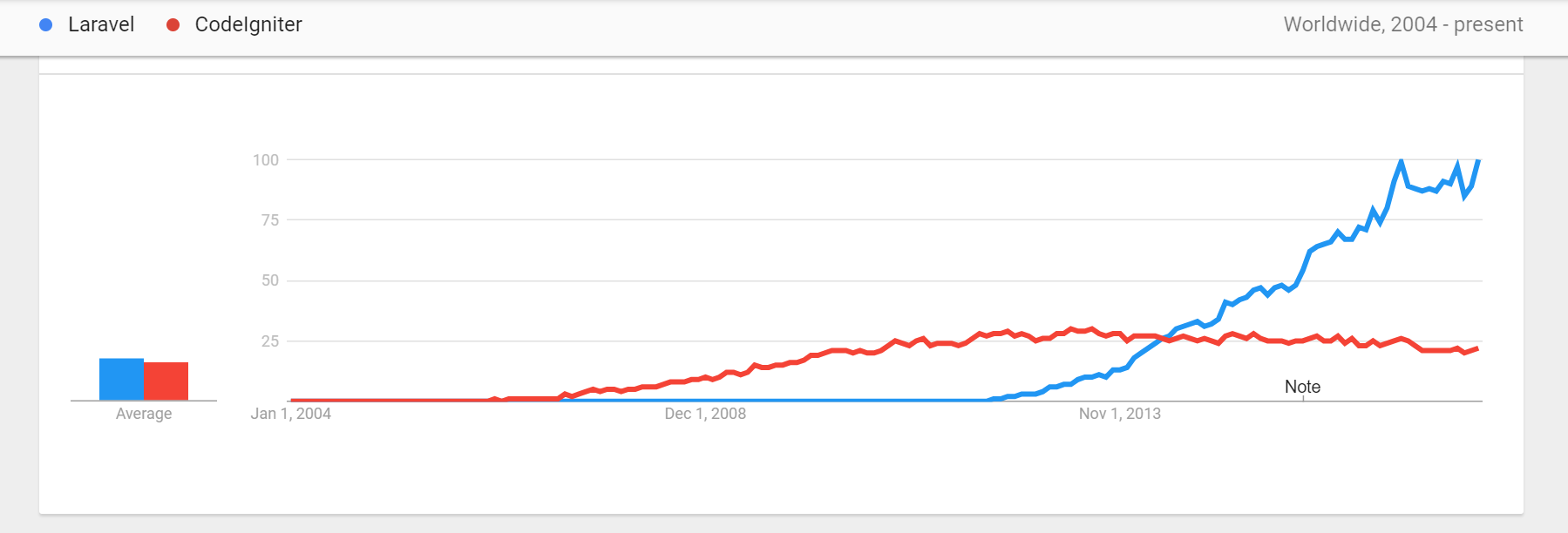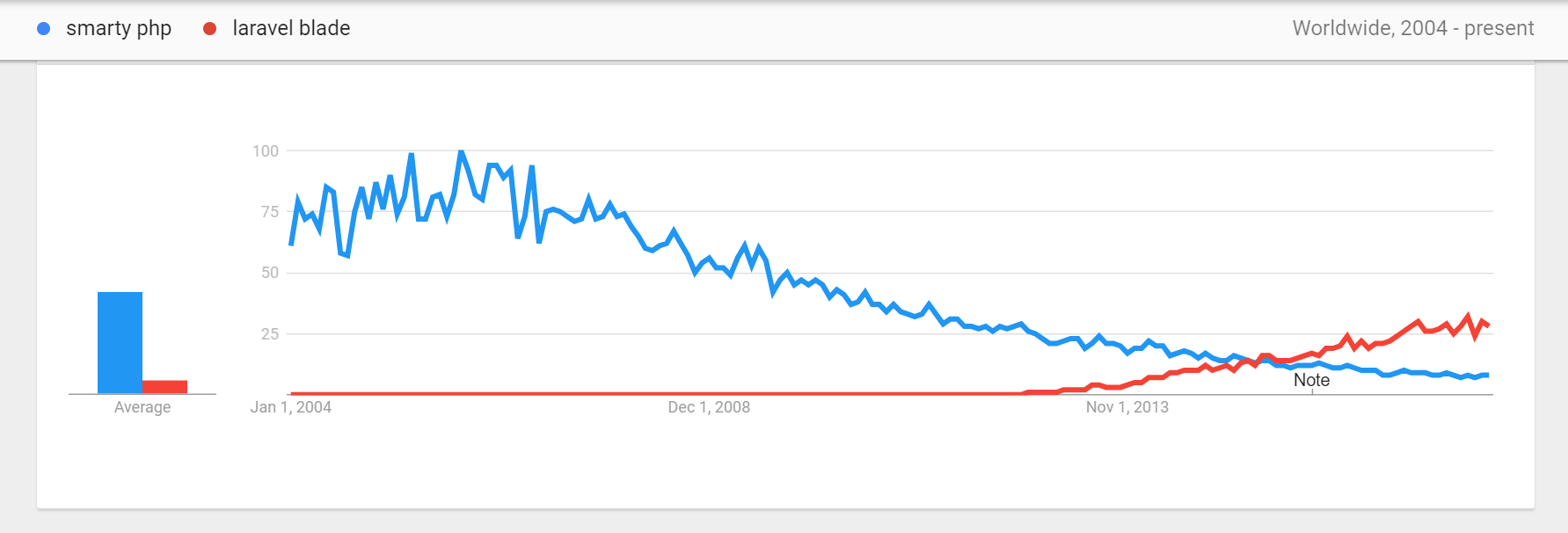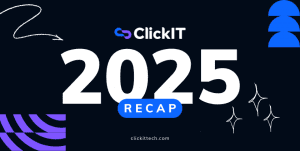For a long time, many developers have been in the controversial discussion about which PHP framework to use for developing web applications. As you know, CodeIgniter and Laravel are the most popular ones, but both can be useful when it comes to simplifying the work of building software and make it faster, reliable and secure.
Let’s start
Commonly when we are developing a web application, we focus on selecting the appropriate technologies to carry out at the end level satisfactorily. But sometimes it is challenging to choose the correct ones having an extensive list of possible choices in front of you. Try to start by analyzing the most popular frameworks on the market. In this blog, we are going to review the main features of Laravel and CodeIgniter to help you choose the one that adapts your needs the best.
Learning curve
The learning curve of CodeIgniter is much shorter than that of Laravel. A lot of web developers choose it just because it is easy to use, so in larger teams, it could be a great option to start with.
However, this can be very subjective because it depends on our programming experience, is very important to note that at the same time both have quite extensive documentation and continuously growing communities to look for support.
This graphic is the Google Trends report about this two common PHP frameworks evolution over the years.

View Engine
Currently, most of the modern frameworks implement a view engine to streamline the development process as Twig, Pug, Razor, Jade, and Blade to name a few.
In general, each framework includes a view engine to create the perfect harmony between the back-end and the front-end, although some are flexible and allow us to use another one that adapts much better to our requirements and knowledge.
Laravel includes Blade as view engine; Blade is quite simple but powerful, its implementation allows the creation of layouts and inherit them to other views, as well as create partial views and reuse them in any different view in an effortless way using the “Blade directives” as @extends and @include.
For its part, CodeIgniter has Template Parser Class, but this is not a solution as such, the development team has delegated the choice of this feature to developers who choose not to use any or to use Smarty PHP.
Trend chart Laravel Blade – Smarty PHP

Eloquent or Active Record
CodeIgniter uses a modified version of the Active Record Database Pattern; this pattern allows to manage all the operations of the database with minimal coding, including more secure queries since the values are automatically escaped by the system.
Laravel uses Eloquent as your ORM, which allows incorporating automatic paging efficiently, relationships one-to-one, many-to-many, polymorphic, validations, field protection like a mass assignment, array / json generation, dynamic queries based on model properties. This makes it really easy to generate queries to our database.
Example to get an specific user by id:
CodeIgniter
$this->db->select('name, email');$this->db->where('id', $id);$this->db->limit(1);$user = $this->db->get('users');
Laravel
$user = User::select(['name', 'email'])->whereId($id)->first();
Trend chart Laravel Eloquent – CodeIgniter Active Record

Other things to keep in mind
Usually, CodeIgniter is a little faster than Laravel and has PHP support for almost all its versions. Its installation is simple; you only have to download the .zip file (once per project). On the other hand, the Laravel installation is a bit more complex because you need to install Composer first (once the Composer is installed, it can be used in other projects to manage the dependencies if supported).
There is less support for obsolete versions of PHP because Laravel takes full advantage of the latest PHP versions to be faster and secure, using the artisan commands to create boilerplates faster using the terminal.
Is there a winner?
As can you see both frameworks have pros and cons, but we consider that Laravel has a clear advantage over CI because it is focused on providing powerful features ready to use like Pagination, Caching, Queues, Notifications, Jobs, Security, API’s and more…
Maybe you think that we are in favor of Laravel, and that is not our intention, but due to its enormous growth during the last years it is clear that the Laravel community is making much more focused contributions to provide a framework with a lot of characteristics that allow developing faster and more robust applications. We have presented 3 of the most distinctive features of a PHP framework for you to compare their evolution. However, the winner will always be the framework that best suits your application and capabilities.






